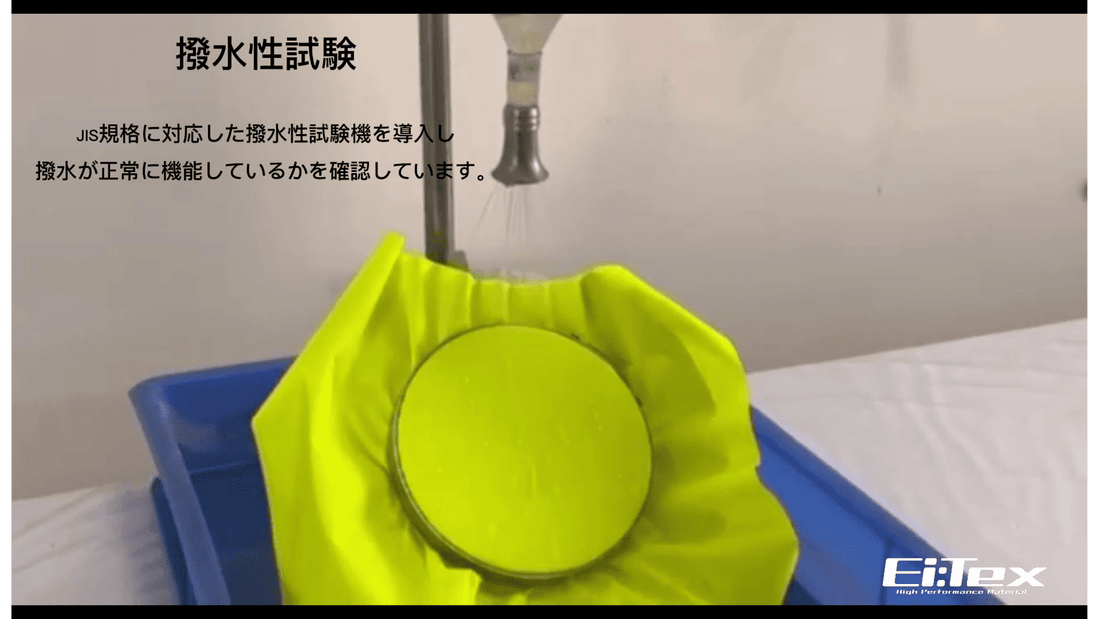What Do Waterproof Ratings Mean?

Introduction
Waterproofness is one of the most crucial performance features in outdoor and protective apparel. However, the way it is tested and rated differs among regions — Europe, North America, and Asia each apply distinct standards.
This article outlines the key waterproof testing methods, compares rating systems across major standards, and provides guidance on selecting appropriate waterproof levels for specific environments.
1. Measuring Waterproofness: The Hydrostatic Head Method
The hydrostatic head (HH) test evaluates how much water pressure a fabric can withstand before leakage occurs. A sample is fixed beneath a water column, and the height (in millimeters) at which water penetrates indicates its waterproof level.
This method, standardized in ISO 811, remains the global benchmark for waterproof evaluation.
Breathability is measured alongside waterproofness, typically using RET (Resistance to Evaporative Transfer) or MVTR (Moisture Vapor Transmission Rate). Lower RET or higher MVTR indicates better breathability.
2. European Standards: EN 343 and ISO References
EN 343 is the European benchmark for waterproof and breathable protective clothing.
It categorizes garments by two performance levels:
- Water Penetration Resistance (Class 1–3)
- Water Vapor Resistance (Class 1–3)
Class 3 indicates the highest protection and breathability.
Outdoor and mountaineering brands also quote hydrostatic head ratings such as 10,000 mm, 15,000 mm, or 20,000 mm, corresponding to moderate to extreme rain resistance.
3. American / North American Standards
In the U.S. and Canada, waterproof fabrics are often rated directly by millimeters of water column combined with breathability data (g/m²/24h).
Typical consumer benchmarks are:
- 1,500 mm → Light rain protection
- 5,000 mm → Moderate rain/snow
- 10,000 mm → Heavy rain
- 20,000 mm+ → Extreme, prolonged exposure
4. Asian Practices and Market Variations
In Asian markets, performance claims are typically stated under GB/T, JIS, ISO 811/EN ISO 20811 (hydrostatic) and JIS L 1099/ISO 11092/ASTM E96 (breathability). When publishing numbers (e.g., “20,000 mm / 15,000 g·m⁻²·24 h”), specify the exact test method and condition to ensure comparability and regulatory compliance.
5. Practical Guidance for Consumers
- Evaluate the total system — seams, zippers, DWR, and construction matter as much as the fabric itself.
- Match rating to activity: 10,000 mm suits most conditions; 20,000 mm+ for alpine or military use.
- Maintain performance through regular cleaning and DWR reactivation.
Key Takeaways
Understanding waterproof ratings helps us select garments that balance protection, comfort, and durability across varying conditions.
